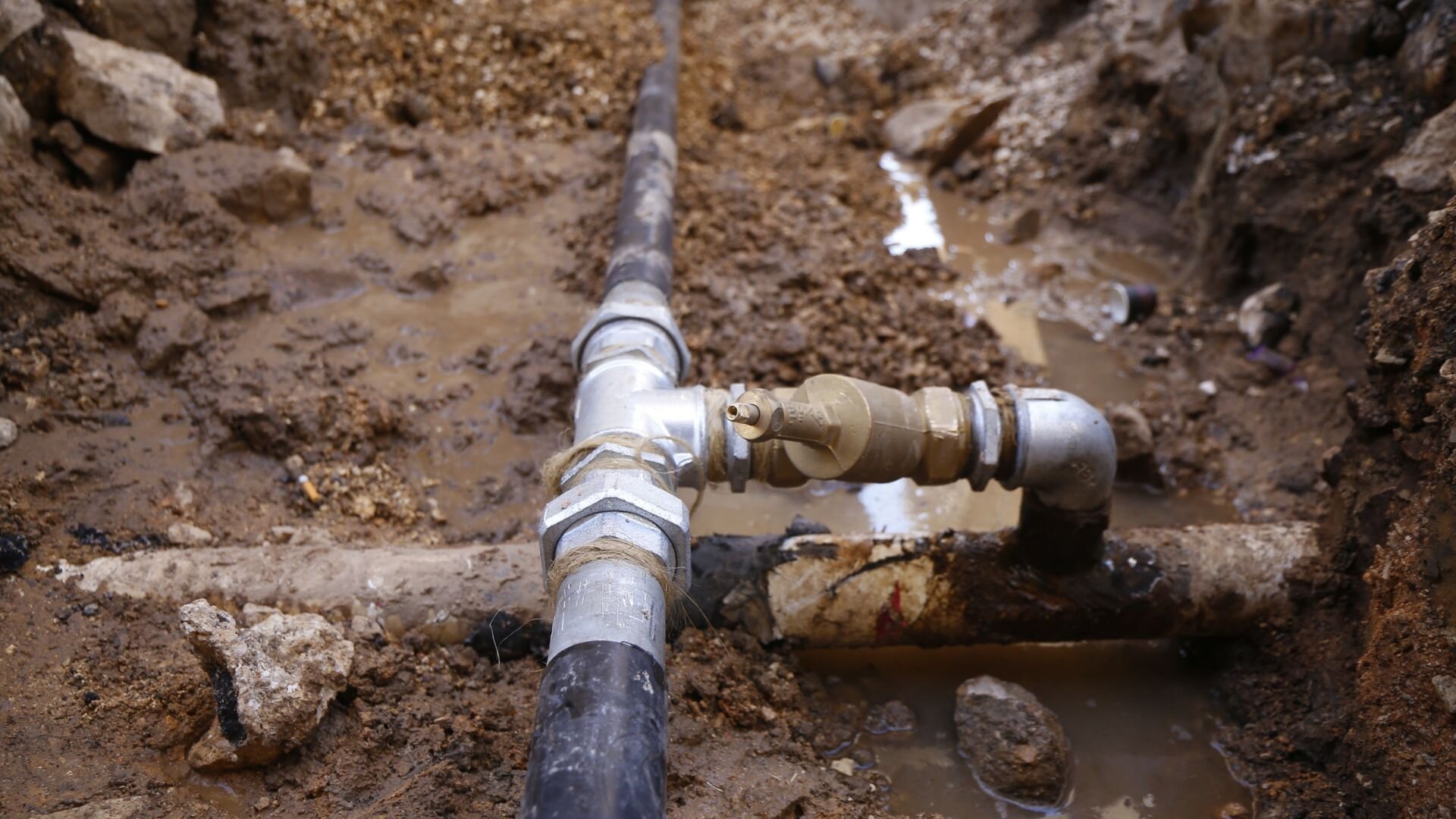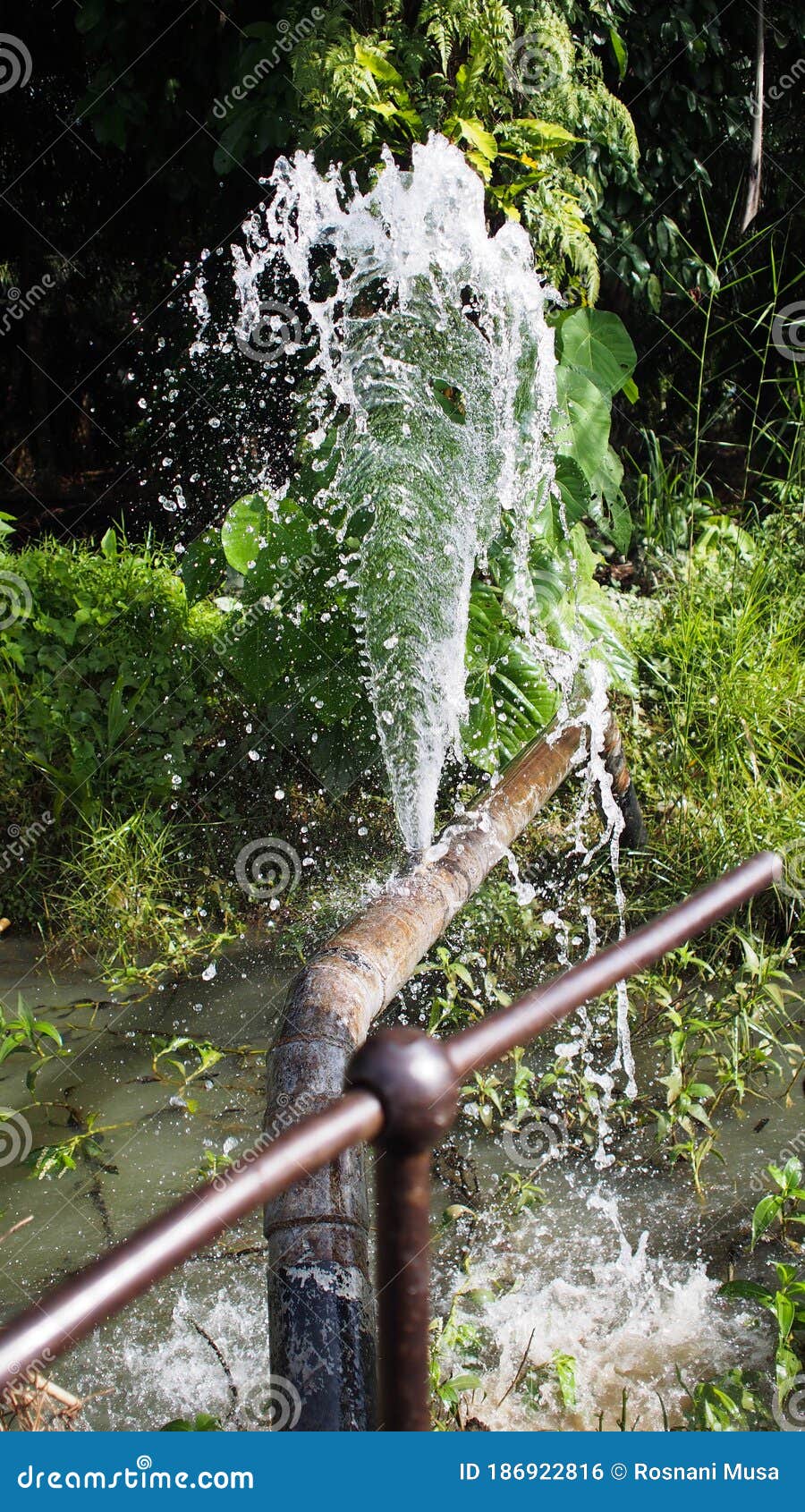Burst Pipe Insurance Claims: What You Need to Know for Water Damage Coverage
Burst Pipe Insurance Claims: What You Need to Know for Water Damage Coverage
Blog Article
Preventing Ruptured Water Lines: Crucial Tips to Safeguard Your Plumbing
Stopping ruptured pipes is a crucial issue for house owners, especially throughout chillier months when the threat of cold is heightened. Implementing calculated procedures such as correct insulation, regular inspections, and maintaining regular indoor temperatures can dramatically decrease the possibility of pipeline failure. Additionally, comprehending emergency situation procedures equips house owners to react swiftly to possible plumbing concerns. Nonetheless, several are uninformed of the certain vulnerabilities that their pipelines may deal with. Discovering these susceptabilities can offer indispensable understandings right into protecting your plumbing system successfully.
Understand Pipe Vulnerabilities
Understanding pipe susceptabilities is vital for effective pipes upkeep and protecting against pricey damage. A number of aspects add to the sensitivity of pipelines to ruptureds, including material make-up, age, and ecological conditions. Older pipes, especially those made from galvanized steel or polybutylene, often weaken in time, resulting in increased danger of ruptures and leakages.
Temperature variations can additionally considerably influence pipeline honesty. In chillier climates, water trapped in pipes can ice up, expanding and applying stress on the pipe walls, which might ultimately lead to a ruptured. In addition, high water pressure can strain pipelines, particularly at joints and bends, increasing the probability of failure.

Insulate Piping Effectively
Proper insulation of pipelines is essential for stopping cold and subsequent ruptureds throughout cold weather (burst pipe). Shielding your plumbing system properly safeguards versus temperature level drops that can cause costly damage. Begin by identifying at risk areas where pipelines are revealed to outdoor temperatures, such as cellars, attic rooms, and outside wall surfaces
Usage foam pipe insulation sleeves or wrap insulation tape around these locations to offer a safety obstacle. Guarantee that all sections of the pipes, specifically those with limited warm direct exposure, receive sufficient insulation. Pay special interest to fittings and joints, as these are more prone to freezing.
When shielding, it's important to choose materials that meet neighborhood building ordinance and are ideal for the particular setting. For example, fiberglass insulation is often suggested for its thermal resistance homes - burst pipe. Furthermore, take into consideration making use of heat cables or tape in extreme problems, which can be connected in to offer extra warm
Regularly check shielded pipelines for any signs of wear or damage, as endangered insulation can reduce its efficiency. By taking these proactive actions, you dramatically lower the danger of pipeline bursts, making certain a reputable pipes system throughout the winter season.
Maintain Regular Temperature Level
A stable indoor temperature is vital for stopping burst pipes throughout the freezing months. When temperatures decrease, water within pipes can freeze, creating and broadening stress that may ultimately trigger the pipelines to ruptured.Utilizing a programmable thermostat can aid take care of interior temperatures effectively, ensuring that areas with pipes remain cozy also when the house is empty.
This minor flow of water can protect against freezing by alleviating pressure within the pipes. By implementing these methods, home owners can considerably lower the danger of pipe ruptureds and protect their plumbing systems versus the severe winter season aspects.
Regularly Examine Pipes
Routine examinations of pipes systems are crucial for stopping ruptured pipes and preserving overall home integrity. During these evaluations, it is necessary to examine noticeable pipelines for signs of deterioration, leaks, or use.
Additionally, inspecting links and joints is essential, as these points are typically at risk to leakages. House owners should additionally evaluate water stress degrees, as extreme pressure can stress the plumbing system and increase the threat of pipeline ruptureds.
Take into consideration organizing expert plumbing assessments at least annually, specifically prior to winter, to guarantee your system is planned for chillier temperatures. Regular inspections not just aid in recognizing prompt problems yet likewise foster long-term upkeep strategies that can boost the lifespan of your plumbing system. By being positive in your technique, you can safeguard your home against the turbulent and pricey repercussions of ruptured pipelines. Focusing on plumbing examinations click over here is a financial investment in your house's health and wellness.
Know Emergency Treatments
Recognizing emergency procedures is essential for every house owner, particularly after conducting normal pipes assessments. Being planned for a plumbing emergency situation can significantly mitigate damage and save expenses. Initially, locate your major water shut-off valve; it is generally discovered near the water meter or where the major line enters your home. Familiarize on your own with its operation, as turning off the supply of water promptly can protect against substantial flooding.
Next, maintain important devices useful. A pipes emergency situation package need to consist of a wrench, plunger, and towels, along with a flashlight and a container for small leaks. In addition, consider having the contact details for a trusted plumbing professional easily available, must the circumstance intensify past your control.
If you detect a leak or ruptured pipeline, promptly transform off the water and notify your plumbing. Furthermore, document the damage with pictures for insurance coverage purposes. he said burst pipe. Recognize the indicators of possible pipes issues, such as uncommon water pressure fluctuations or damp spots on walls
Eventually, proactive knowledge and swift activity are critical in handling pipes emergency situations, guaranteeing your home stays secured and reducing prospective damages.

Verdict
In verdict, preventing burst pipelines necessitates a multifaceted method that includes understanding pipe vulnerabilities, appropriate insulation, maintaining consistent interior temperatures, regular evaluations, and expertise of emergency situation treatments. By applying these crucial techniques, the danger of pipes failings can be substantially decreased, therefore making certain the durability and effectiveness of the pipes system. Positive actions not just protect against potential damages yet additionally add to general water conservation and the protection of property.
In cooler environments, see post water entraped in pipelines can freeze, applying and expanding pressure on the pipe walls, which might eventually lead to a burst. When temperature levels decrease, water within pipes can freeze, developing and increasing pressure that may inevitably cause the pipelines to burst. By implementing these methods, home owners can substantially reduce the risk of pipe ruptureds and safeguard their pipes systems against the harsh winter season components.

Report this page